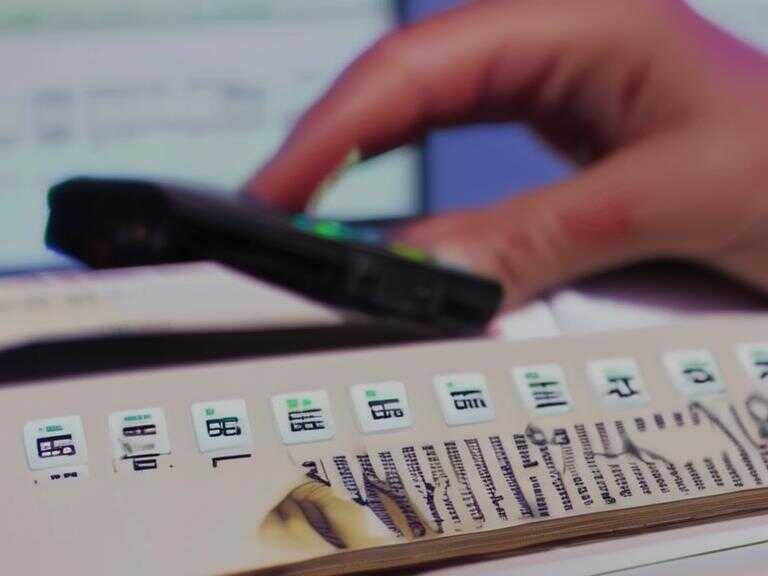
Gold On Course to Reach $2,600 Per Ounce in a Year, Market Veteran Predicts
Geopolitical and structural factors are driving gold to potentially reach $2,600 per ounce, with market dynamics, inventory collapse, and geopolitical shifts fueling bullishness.

The Surge of Gold Prices to Reach $2,600 per Ounce
Geopolitical and structural factors have set the stage for a significant surge in gold prices, with projections indicating that it could reach an impressive $2,600 per ounce within a year. Market analysts and experts are closely monitoring the steady climb of the precious metal, which has already experienced multiple record highs this year. These developments have sparked intense discussions among investors, particularly as global stock markets continue to demonstrate resilience and strong gains.
Analysis and Projections
Juerg Kiener, the chief investment officer at Swiss Asia Capital, offered insights on the potential trajectory of gold prices. He conducted a forward curve analysis, revealing a highly optimistic outlook for gold, with the projection for the next year standing at $2,600 per ounce. Kiener expressed confidence in the rapid momentum, emphasizing the substantial pent-up demand that exists, especially after the recent milestone of surpassing the $2,300 mark. He also highlighted the vulnerability of derivative structures in the gold market, suggesting that the current inventory collapse could pose significant risks to market participants.
"It puts probably a lot of structures which are in the market playing gold at risk too, because [traders] might not be able to cover [their short positions]. And if I say that 26 is for me just a forward curve, in case we get a short squeeze the numbers will go much higher."
He further referenced the potential for a short squeeze, a scenario that could prompt a rapid surge in gold prices as short sellers are compelled to purchase the asset to minimize their losses, consequently driving the prices even higher.
Driving Factors
Kiener outlined several critical driving factors contributing to the bullish sentiment surrounding gold prices. Geopolitical tensions, the transition to a "multipolar world," and evolving international trade dynamics were identified as pivotal elements. He also emphasized the impact of expansive monetary policies pursued by various governments, leading to substantial money supply increases. Gold, recognized as a safe haven asset and a hedge against inflation, has garnered heightened attention in this context.
Global Dynamics
Market dynamics have been significantly influenced by shifting patterns of gold demand and supply. Kiener noted a substantial shift in the flow of precious metals, particularly with a notable increase in demand emanating from Asia and the BRIC countries. This change was attributed to evolving economic conditions, including property market instability and stock market fluctuations in China. Notably, Chinese investors and households have displayed escalating interest in gold, aligning with a broader trend observed in the region.
Central Bank Reserves
Furthermore, central banks have significantly bolstered their gold reserves over the past year, providing additional support to gold prices. This trend reflects a strategic approach adopted by central banks, signaling the enduring appeal and perceived value of gold within the global economic landscape.
Market Implications
The confluence of geopolitical, economic, and market-specific elements has propelled gold into a position of remarkable strength, with the potential to surpass historic price levels in the near future. As investors continue to navigate evolving landscapes, gold remains a focal point of significant interest and strategic consideration, underpinned by a confluence of influential factors that could redefine market dynamics in the coming months.
Share news















